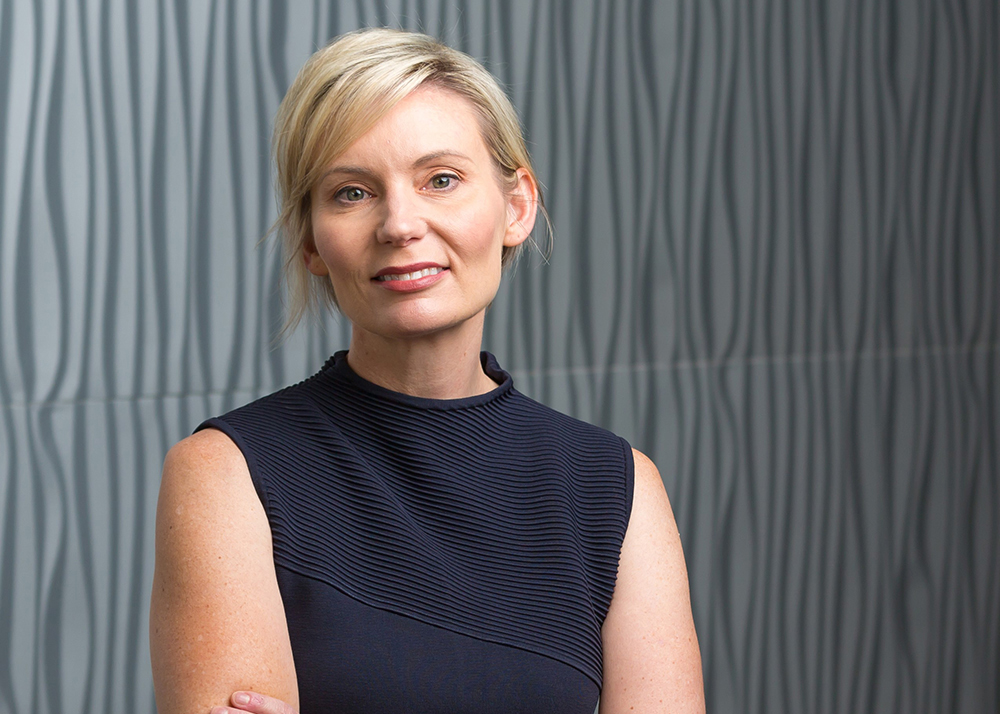
RED C Research is to partner with Karen Nelson-Field of Amplified Intelligence to bring social media attention research to Ireland, with several clients now signed up for the social media test and fieldwork going ahead in January.
Amplified Intelligence is an Australian research and intelligence firm headed up by Nelson-Field, a professor of media innovation with the University of Adelaide and a former senior researcher with much acclaimed Ehrenberg-Bass Institute, also in Adelaide.
According to RED C, the state-of-the art research programme will utilise Amplified Intelligence’s proprietary Gaze AI software to deliver an unparalleled measure of continuous granular attention. The unique process assesses attention towards real advertising on respondents’ own social media channels using the latest in eye tracking technology.
This is an Ireland first and results will help several RED C clients and their agencies who have signed up to the process to understand firstly, what social media platforms deliver highest levels of attention but more so, how to maximise social media attention through their creatives.
“Advertising does not persuade. Its job is cut through and be remembered at the purchase occasion,” says Karen Nelson Field
“Good media supports these two very simple, but very important conditions. And human attention metrics can identify to what degree these two conditions have been satisfied,” she says.
“If no attention is paid, there is zero chance an ad will work. It’s hard to believe that people find this hard to believe. If no attention is paid, it can’t have any positive business outcomes.”
In addition, she says time is a key factor. “Time matters. Two seconds of attention is not enough for memory retention and no platform or mode of delivery is immune from this reality.
The difference between brand choice impact above and below the 2-second attention mark is sizeable. More than 2 seconds offers a greater level of STAS (Short Term Advertising Strength) and slower ad decay (long-term metric),” she adds.
She also points out that quality human attention is hard to earn. “People manage a finite mental capacity under increasing overload. In this environment, people switch continually between levels of attention. Amplified Intelligence collects attention data at a granular level, and from this we can see this continual switching. For an ad’s time in view, the actual opportunity to see is only 50 percent,” she says.
“In addition, creative triggers can help jump start attention (more on that another time). But even with all of the attention you can achieve, if the brand is missing your ad is not working for you. The mere presence of branding (including distinctive assets) at attention peaks increases the chance of buying.”
“Finally, ad visibility is vital,” she says. “If you can’t see the ad, creative triggers won’t help at all,” she says. “ This is the story of pixels and coverage. Pixels refers to the percentage of the ad that is on the screen. Coverage is the percentage of the screen that the ad covers. Different platforms offer user environments with differing levels of visibility.
“At its simplest, using an Active Attention Seconds score to compare different platforms and formats can identify the media with the best conditions for your ad, and the next mix for your campaign,” she adds.
According to Richard Colwell, CEO of RED C: “The attention metric is clearly growing in importance across the advertising and media world, and some suggest it could ultimately revolutionise how media is priced and purchased.
“Gaining attention for your advertising spend is vital, as without the adds being noticed they are effectively useless. Part of this is down to channel, but also the importance of brand and the creative itself. Creating ads that are the same as everything else in the category means any attention you get could be ultimately not be correctly attributed, and by being distinctive you are far more likely to gain the attention and link it to the brand,” he says.
“The next problem for marketers is that the attention of the better off is getting rarer and rarer for advertisers to obtain, even though these are often the people brands most want to reach. It is relatively easy to buy the attention of the poorest people in society: the people who watch ad funded TV, don’t pay for the premium version of Spotify, or access the web via Android phones. But paid on demand services, such as Spotify premium or SVOD, allow better off people to avoid exposure and attention much more. So really, we need to understand what services people have access to when testing the recall and impact of campaigns,” Colwell says.
“Attention and how to maximise it, is thus becoming an increasingly important metric in determining and analysing advertising impact, and ultimately where brands should focus spend,” he adds.
“RED C is delighted to be working closely with the worldwide leaders in the field of understanding the measurement of attention right now,” he concludes.
To find out more visit www.redcresearch.ie





















